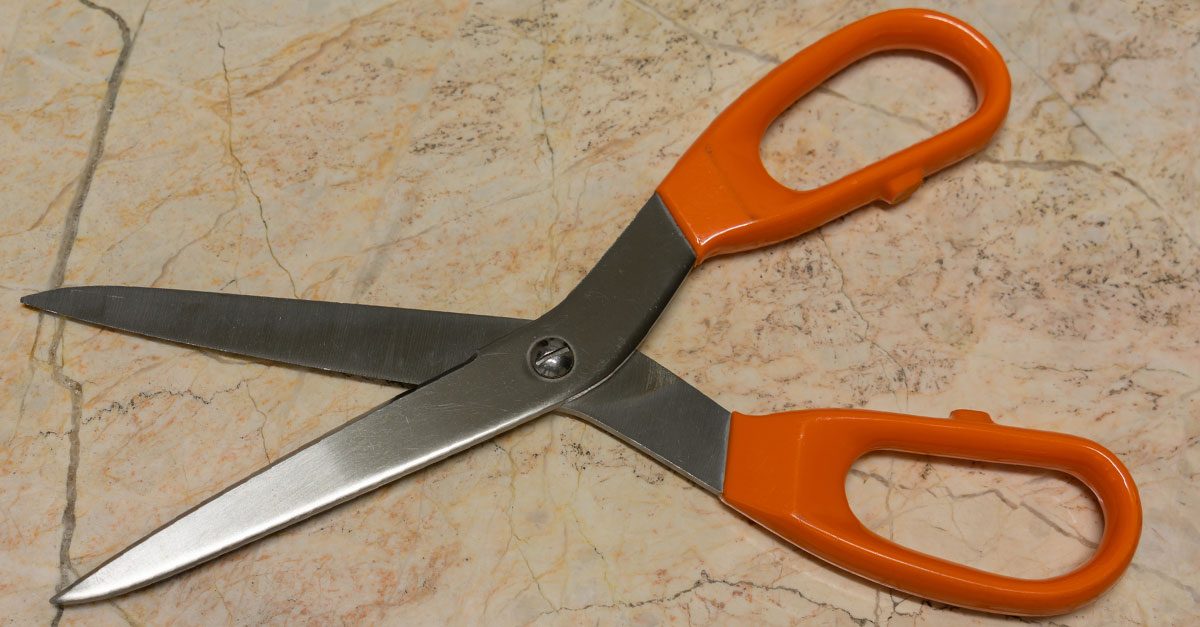How to Sharpen Blender Blades
Sharpening blender blades can be done effectively at home using household items such as vinegar for rust removal, fine-grit sandpaper for manual sharpening, and a baking soda paste for gentle polishing, ensuring improved blending performance without specialized tools.
;Resize,width=742;)
In any kitchen, sharp tools are key to efficiency and culinary success, extending beyond knives to include the often-overlooked blender blades. Over time, these blades can dull from regular use, affecting the texture and blend quality of your ingredients. Sharpening your blender blades not only revitalizes the performance of your appliance but also ensures your smoothies, soups, and sauces are blended to perfection. Here's how to keep your blender operating smoothly by maintaining sharp blades.
Why Sharpen Blender Blades?
The importance of sharp blender blades cannot be overstated. Dull blades require more time and energy to achieve the desired consistency, leading to inefficient blending and subpar results. Furthermore, keeping your blender blades sharp can extend the lifespan of your appliance, ensuring it remains a staple in your kitchen for years to come
DIY Methods to Sharpen Blender BladesMethod 1:
1. Vinegar Soak
Begin by carefully removing the blades from your blender. Place them in a bowl and cover them with white vinegar. The acidity of the vinegar helps to dissolve rust and minor nicks on the blades, potentially improving their sharpness. After soaking the blades for about an hour, take a sponge or a soft brush and gently scrub the blades to remove any loosened debris or rust particles. This step is crucial for ensuring that any minor imperfections are smoothed out. Once cleaned, thoroughly rinse the blades with water and dry them completely to prevent new rust from forming. Reattach the blades to your blender, and it's ready for use.
2. Sandpaper
Choose a piece of fine-grit sandpaper that will be gentle on the blades. This will ensure that you can smooth out any imperfections without damaging the blades. Securely hold the blade assembly with protective gloves. Carefully sand the edge of each blade, following the direction of the blade's edge. This action helps to refine the blades' edges, making them sharper. After sanding, thoroughly wash and dry the blades. Reassemble your blender and test its performance by blending a mixture of water and a bit of dish soap. This will help you determine if there's an improvement in the blending efficiency.

3. Baking Soda Paste
Mix enough baking soda with water to form a thick paste. This natural abrasive is excellent for cleaning and mildly sharpening by polishing the blade edges. Detach the blades and apply the baking soda paste using a brush or cloth. Scrub gently in a motion that aligns with the blade edges to polish and minimally sharpen them. Rinse the blades thoroughly to remove all the paste, and then dry them completely before reassembling your blender.
How Often Should You Sharpen Blender Blades?
The frequency of sharpening blender blades largely depends on usage. As a general rule, sharpening once a year is adequate for most households. However, if you notice a decrease in blending efficiency, such as longer blend times or uneven textures, it might be time to sharpen the blades. Regularly inspecting and maintaining your blender ensures it remains a reliable tool in your culinary endeavors.
;Resize,width=767;)


;Resize,width=712;)
